A body starting from the the rest moves along a straight line with constant acceleration. Which one of the following graphs represents the variation of speed(v) and distance(s)?

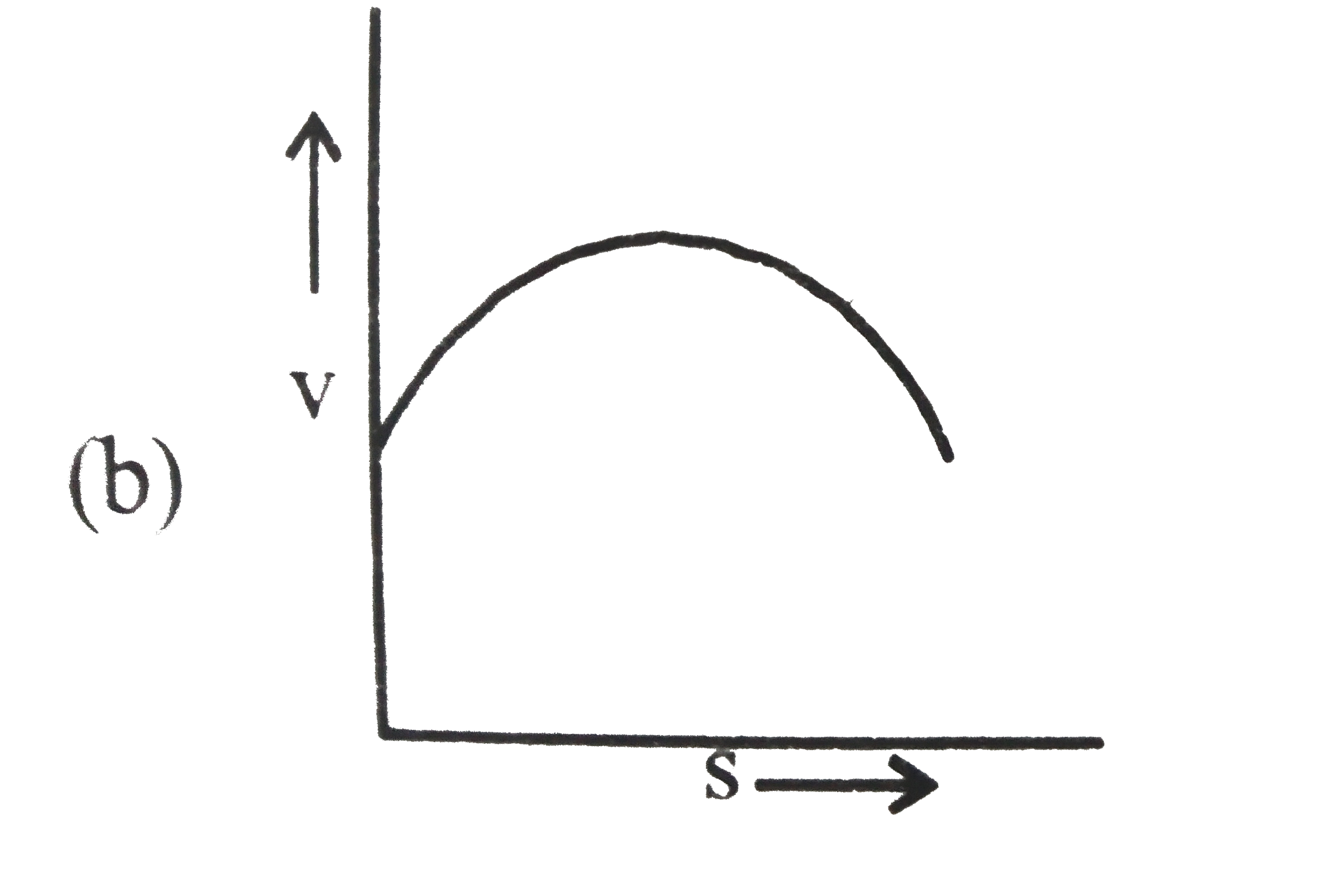
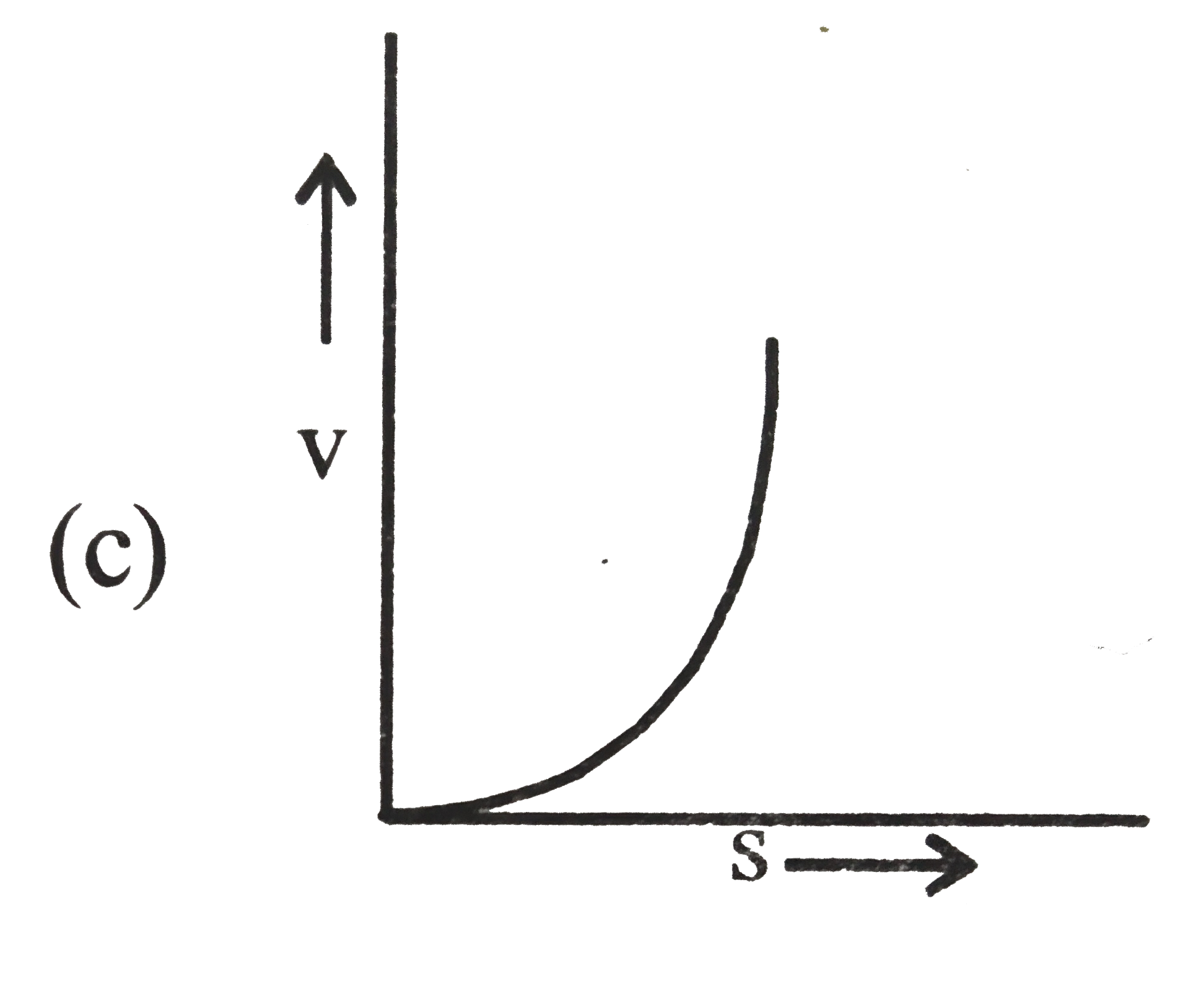

The correct Answer is:C
Using the equation of uniformly accelerated motion,
v2=u2+2as
As the body starts from rest, u=0
Thus v2=2asorv2∝sorv∝√s
Hence, the graph between v and s is a rectangular hyperbola.
Topper's Solved these Questions
Similar Questions
A body starts form rest and moves along a straight line path with uniform acceleration. The atio of velocities at 1= s and t= 2s is __________
View SolutionA body starting from rest moves along a straight line with a constant acceleration. The variation of speed (v) with distance (s) is represented by the graph
View Solution
Knowledge Check
A body starting from the rest moves along a straight line with constant acceleration .Which one of the following graphs represent the variation of speed (v) and distance (s) ?
A B
B C
C D
D
A body moves from rest with a constant ac- celeration. Which of the following graphs represents the variation of its kinetic energy (E) with distance travelled (x)?
A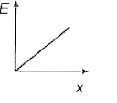 B
B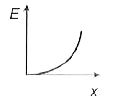 C
C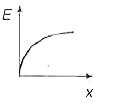 D
D
A body starting from rest moves along a straight line with a constant acceleration. The variation of speed (v) with distance (s) is represented by the graph
A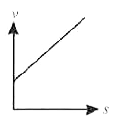 B
B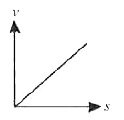 C
C D
D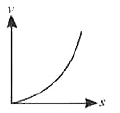
A body moves from rest with a constant acceleration. Which one of the following graphs represents the variation of its kinetic energy K with the distance travelled x?
View SolutionA body moves from rest with a constant acceleration. Which one of the following graphs represents the variation of its kinetic energy K with the distance travelled x?
View SolutionA body starting from rest moves along a string line with a constant acceleration The variation of speed (v) with distance (s) is repressed by the graph
View SolutionA particle starting from rest moves along a straight line with constant acceleration for this velocity displacement graph will have the form-
View SolutionA body starts from rest and moves along a straight line path with uniform acceleration. The ratio of velocities at t = 1s and t = 2 s is ______.
View Solution

